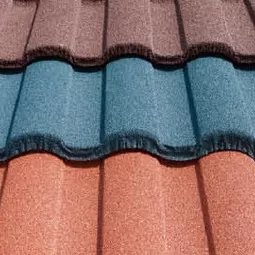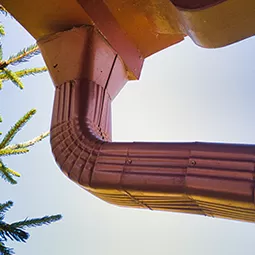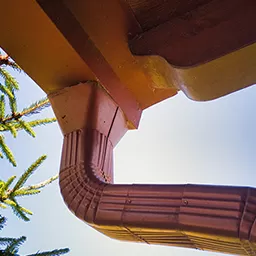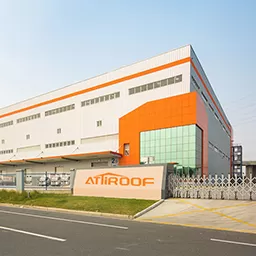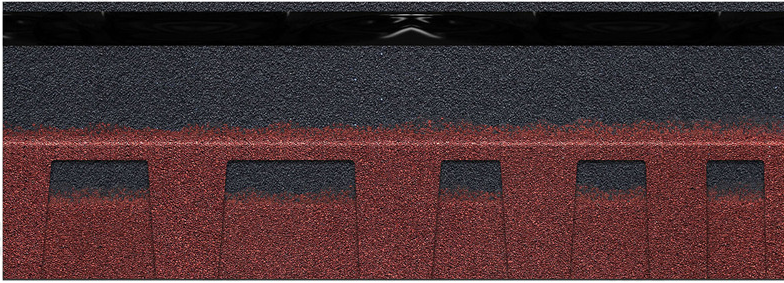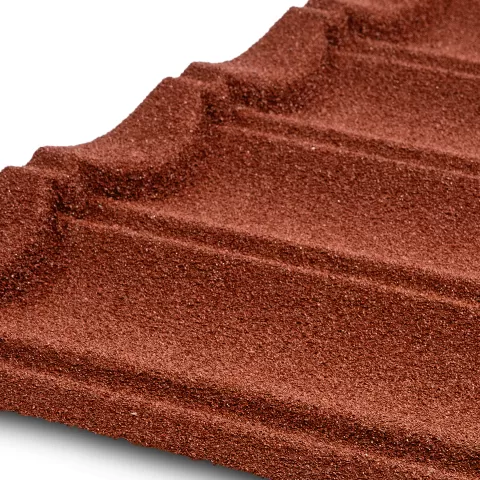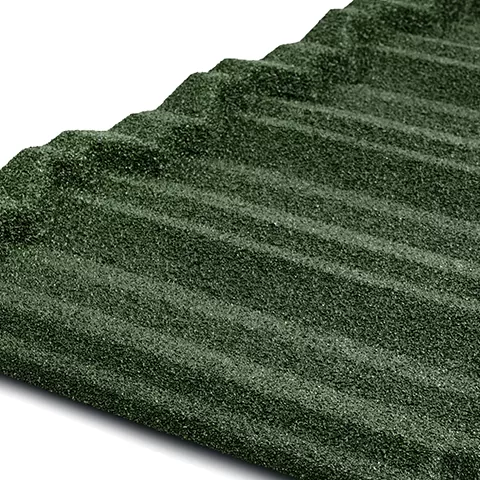This section explores real-world applications of asphalt shingles, showcasing their versatility and effectiveness. Through a series of case studies, we delve into how asphalt shingles have been used in various residential settings, revealing the practical benefits and innovative applications in real-life scenarios. These success stories serve as a testament to the durability, adaptability, and aesthetic appeal of asphalt shingles in residential roofing.
Residential Success Stories
1. Beachside Resilience
In a picturesque beachside town, the Henderson family faced the relentless challenge of protecting their home from salty air and moisture. They chose specialized asphalt shingles, and years later, their roof remains as robust and vibrant as ever, a testament to the shingles' corrosion-resistant qualities.
2. Warming Up in the North
The Green family in snowy Vermont struggled with high heating costs. After installing insulated asphalt shingles, they not only noticed a cozier home but also significant savings on their energy bills, transforming their winter experience.
3. Sun-Baked, Yet Unfazed
In sunny Arizona, the Patel community was tired of constantly replacing faded roofs. They switched to UV-resistant asphalt shingles, and years on, the neighborhood still dazzles under the sun, with shingles as vibrant as on day one.
4. A Greener Community
In Oregon, a new eco-friendly housing project faced skepticism about using sustainable materials without sacrificing style. The use of recycled-content asphalt shingles was a game-changer, earning them accolades for both environmental responsibility and aesthetic appeal.
5. Standing Strong in Tornado Alley
The Smiths, living in tornado-prone Oklahoma, were anxious about roof damage every storm season. They decided on high wind-resistant asphalt shingles, and since then, have weathered several storms with their roof intact, a true beacon of resilience.
These stories not only highlight the functionality of asphalt shingles but also connect on a personal level, showcasing how they've positively impacted lives in different environments.
Commercial and Large-Scale Projects
1. Retail Complexes
In a notable project, a large retail complex chose asphalt shingles for their expansive roofs. The project team emphasized the shingles' quick installation and ease of replacement, vital for minimizing disruption in a commercial setting. The chosen shingles also featured enhanced UV resistance, ensuring the roof's longevity despite constant exposure to sunlight, a critical factor for such large-scale projects.
2. Educational Institutions
A university campus recently renovated multiple buildings with asphalt shingles. The decision was based on their proven durability and the ability to customize colors to match the campus aesthetic. Additionally, the shingles' sound-dampening properties were a key factor, contributing to a quieter learning environment.
3. Healthcare Facilities
For a new healthcare center, the choice of asphalt shingles was driven by their reliability and low maintenance needs. The project highlighted the importance of a roofing solution that wouldn't compromise the facility's operation, with shingles providing the necessary weather resistance and insulation.
4. Government Buildings
In a government building project, asphalt shingles were selected for their cost-effectiveness and long lifespan, reducing the need for frequent replacements. The project showcased asphalt shingles as a practical solution for public buildings, where budget and longevity are key concerns.
5. Historic Building Renovations
A historic landmark underwent a roof renovation where asphalt shingles were used to mimic the original roofing material. This project demonstrated how modern asphalt shingles could be adapted to maintain historical integrity while providing contemporary performance benefits.
These detailed cases illustrate asphalt shingles' applicability in various commercial and large-scale projects, highlighting their versatility, functionality, and aesthetic adaptability.




